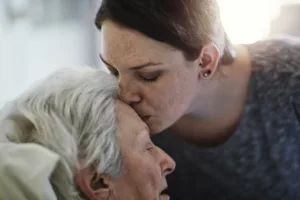ACO
Read More
Thought Leadership
Thought Leadership
Featured:


ACO
Read More
Conquering ACO Challenges: A Strategic Playbook for MSSP & REACH Success

ACO
Read More
Addressing Unnecessary Acute Utilization in Healthcare: A Strategic Approach

ACO
Read More
Preparing Your 2025 ACO For Success
All Blog Items:

Acclivity in the News
Read More
Mike Barrett Joins Acclivity Health Solutions Board

ACO
Read More
Strategies for Enhancing HCC Coding

ACO
Read More
Health Equity Benchmark Adjustment (HEBA) – What ACOs Need to Know

ACO
Read More
Maximizing ACO Risk Adjustment Strategies in 2024

Blog Post
Read More
The Complexities of Dementia Care

Blog Post
Read More
